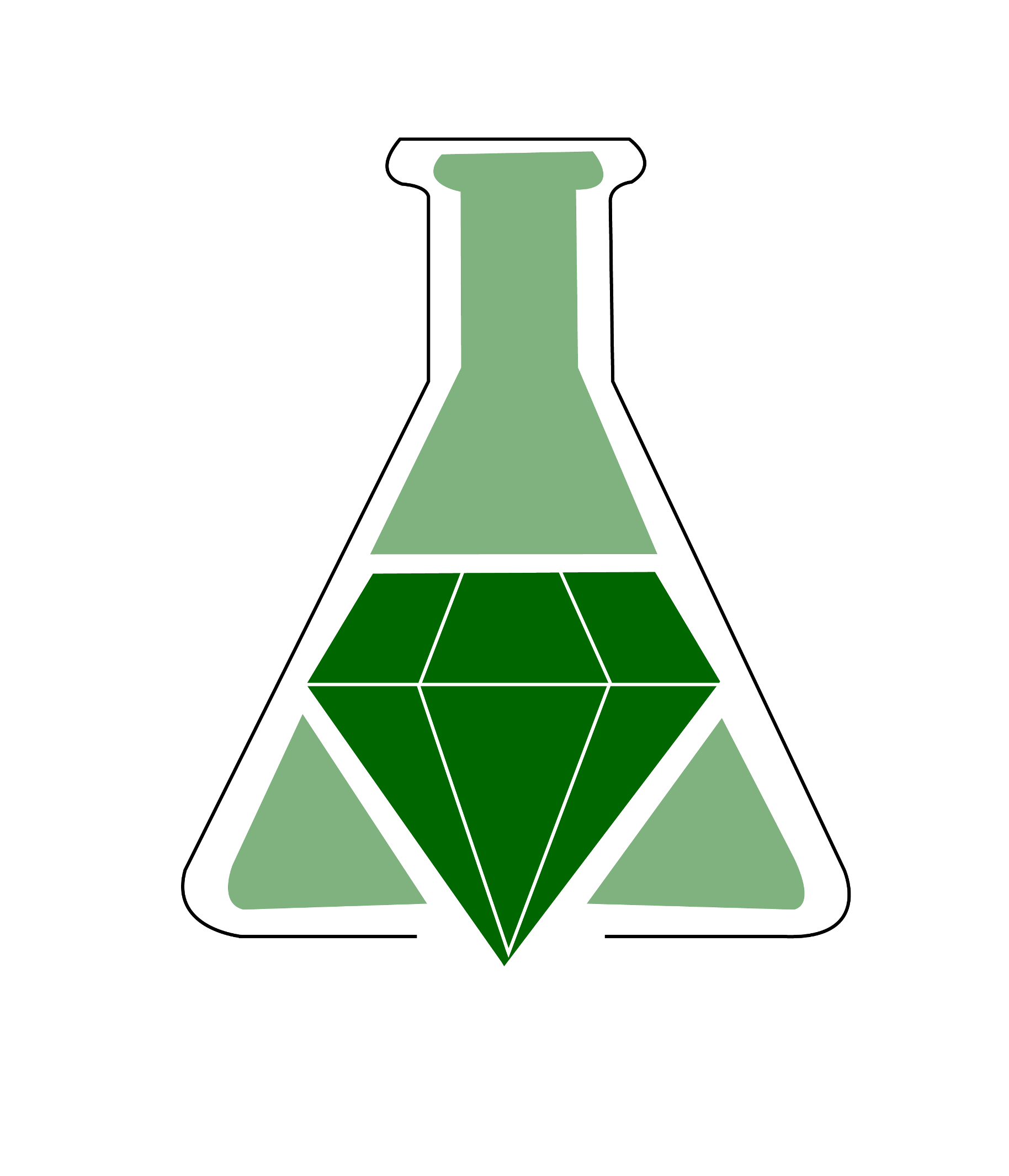Mannich Reactions in Room Temperature Ionic Liquids (RTILs): An Advanced Undergraduate Project of Green Chemistry and Structural Elucidation

Summary
Many people would argue that one of the ultimate goals of green chemistry should be to solely use water as a solvent if a solvent is needed at all. For reactions where water is not an option, a choice must be made from a wide variety of organic solvents. Recently room temperature ionic liquids (RTIL) have been receiving a lot of attention because of their chemical and thermal stability, low vapor pressure, solubilizing power, low toxicity, reusability, and the ease with which their properties can be tuned.
This lab experiment is designed for advanced organic chemistry students and involves a synthetic project that will span over multiple lab periods (authors suggest four, 4-hour periods). During the project, students prepare an ionic liquid (1-butyl-3-methylimidazolium tetrafluoroborate ([bmim][BF4), perform a Mannich reaction in it, and then recycle the ionic liquid and perform the reaction again to test for reusability.
A tremendous amount of material can be introduced and discussed during the course of the laboratory exercise including, green chemistry, ionic liquids, amine chemistry, carbonyl chemistry, the Mannich reaction (a very atom-efficient reaction), e-factor, and structural elucidation using proton NMR and mass spectroscopy.
Supplemental information includes equipment and chemical lists, introduction, mechanisms, procedures, suggested timeline for experiments, and spectroscopic data.
Summary prepared for the original GEMs database October 2008 by Douglas M. Young at the University of Oregon.
Mannich Reactions in Room Temperature Ionic Liquids (RTILs): An Advanced Undergraduate Project of Green Chemistry and Structural Elucidation
Kendrew K. W. Mak, Jane Siu, Y. M. Lai, and Pak-kei Chan
Journal of Chemical Education 2006 83 (6), 943
DOI: 10.1021/ed083p943
This lab experiment is designed for advanced organic chemistry students and involves a synthetic project that will span over multiple lab periods (authors suggest four, 4-hour periods). During the project, students prepare an ionic liquid (1-butyl-3-methylimidazolium tetrafluoroborate ([bmim][BF4), perform a Mannich reaction in it, and then recycle the ionic liquid and perform the reaction again to test for reusability.
A tremendous amount of material can be introduced and discussed during the course of the laboratory exercise including, green chemistry, ionic liquids, amine chemistry, carbonyl chemistry, the Mannich reaction (a very atom-efficient reaction), e-factor, and structural elucidation using proton NMR and mass spectroscopy.
Supplemental information includes equipment and chemical lists, introduction, mechanisms, procedures, suggested timeline for experiments, and spectroscopic data.
Summary prepared for the original GEMs database October 2008 by Douglas M. Young at the University of Oregon.
Mannich Reactions in Room Temperature Ionic Liquids (RTILs): An Advanced Undergraduate Project of Green Chemistry and Structural Elucidation
Kendrew K. W. Mak, Jane Siu, Y. M. Lai, and Pak-kei Chan
Journal of Chemical Education 2006 83 (6), 943
DOI: 10.1021/ed083p943
Keywords
Safety Precautions, Hazards, and Risk Assessment
See published journal article.
Link to external
